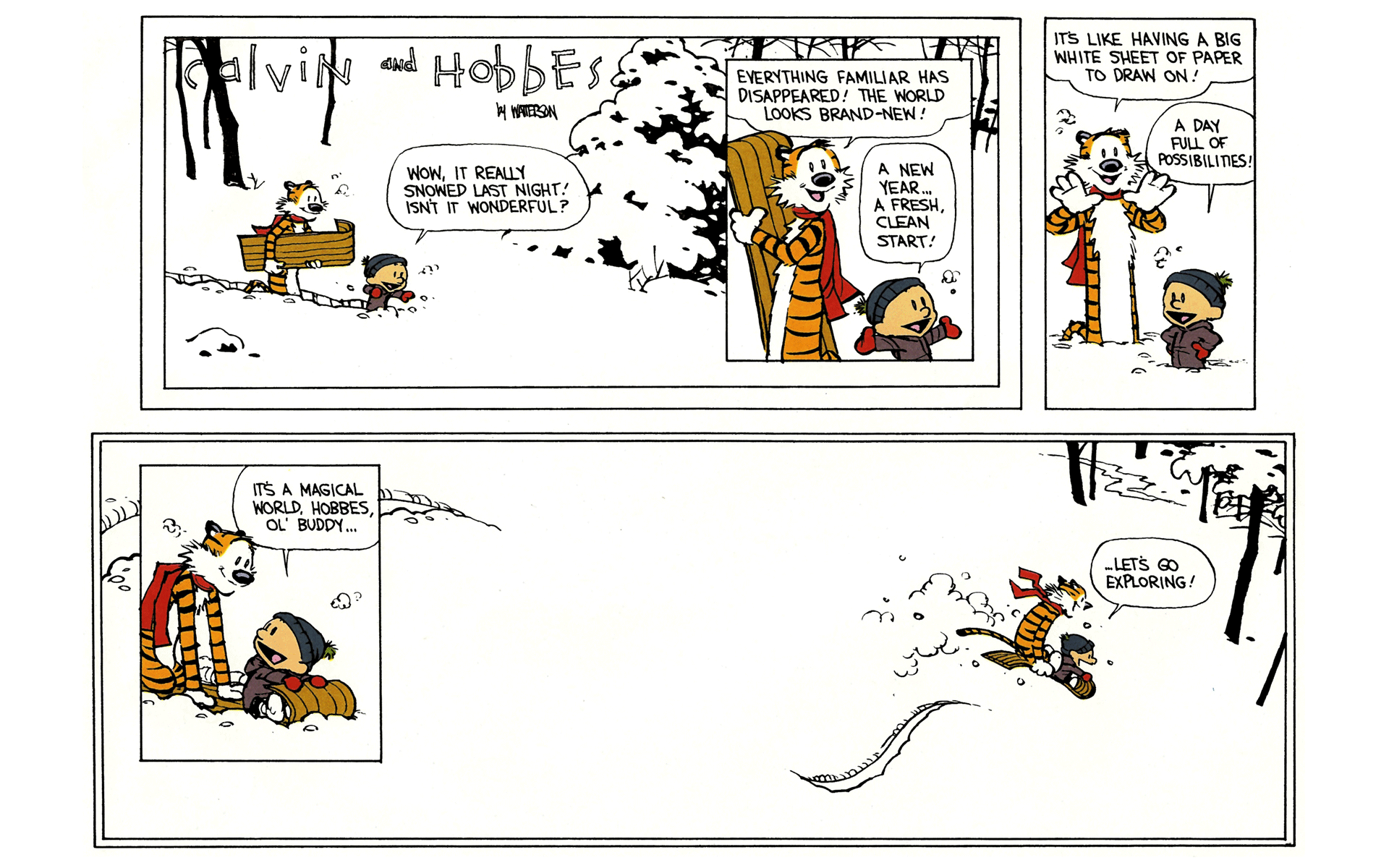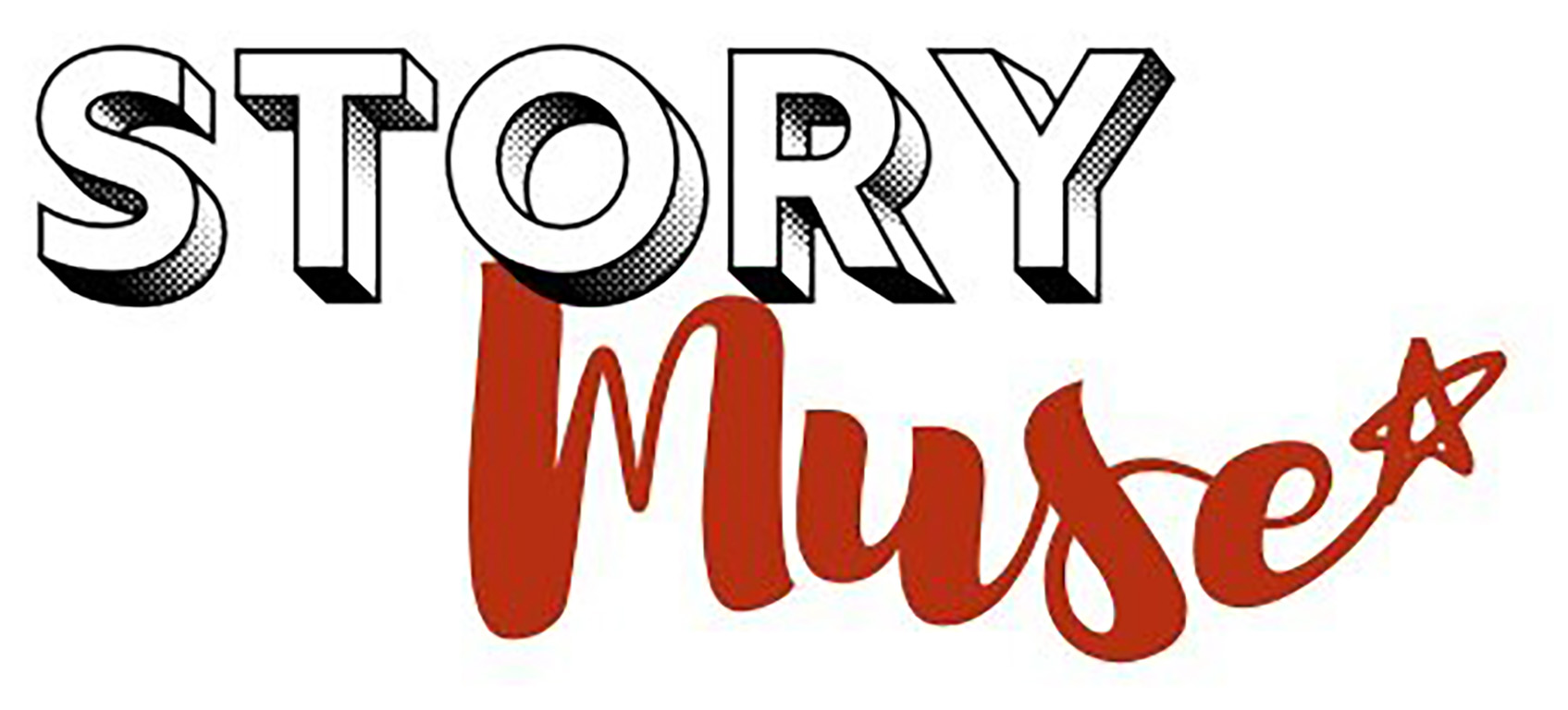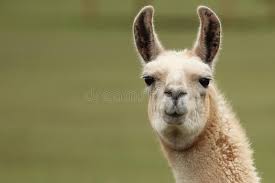A lot of people are sad and scared right now. My friends ~ and everyone I can see on Facebook ~ are voicing fear, frustration, feelings of doom and dread. More women than men, for sure.
I hear you.
Saturday night, I had the great fortune to gather in an all-women’s space. When, inevitably, the course of the last week and the decision about Kavanaugh handed down that day finally came up in our conversation, there was a moment of pause. Our words were caught in our throats, in that place in the brain where fear and uncertainty reside. As Jeanette Winterson says,
Language fails us … in times of great grief, in times of extremity, in times of stress. What can we say, where can we find the words that will somehow make bearable the pain that we’re in at the time?
Lately I’ve been reading The Yamas & Niyamas: Exploring Yoga’s Ethical Practice in order to move my yoga practice beyond its simple movements. I’ve struggled with yoga because it gives me great physical and mental benefits, but I get all up in my head because I know that we, as white people, get stuck in our ignorant and shallow cultural cooptation of this deeply spiritual and ancient practice.

Obligatory animal pun.
So, the yamas (not llamas) are the five self-regulating behaviors involving our interactions with other people and the world at large. They include nonviolence, truthfulness, non-stealing, non-excess, non-possessiveness/non-greed.
The niyamas are the five personal practices that relate to our inner world: purity, contentment, self-discipline/training your senses, self-study & inner exploration, and surrender (to God).
These are all easy to get behind in theory. Less easy in everyday life when some jerk cuts us off in traffic or when a loved one betrays us or when our country has turned into a political circus and we seemingly have no power to end the madness.
This morning, I read for a while about the principle of ahimsa, or nonviolence. Deborah Adele, author of The Yamas & Niyamas, reflects,
…Nonviolence invites us to question the feeling of powerlessness rather than accept it. When we feel powerless, we have forgotten how much choice we really have. We have a choice to take action and we have a choice to change the story we are telling ourselves about our powerlessness. Instead of sulking in the feeling of powerlessness, we can ask, ‘What do I need to do right now to feel competent to handle this situation?’ During these times, we can also jumpstart ourselves by remembering past times when we successfully handled a challenging situation while remaining loving and whole and then trying to find that feeling again.
She goes on to say that she’s found three ways of thinking to shift out of Powerless Mode:
- practicing gratitude
- trust in the moment
- thinking about others
Yes, yes, yes. All of that, please. I know, for me, one of the ways that I can order off this menu is to keep engaging with my community, especially through art. Good art, bad art, thoughtful art, messy art, problematic art. Anything that wakes up the senses, gives me a lens into the lives of others, encourages me to open out, rather than to close off, maybe even invites action.
In the field, we often argue about what is the definition of aesthetics. I’m rather fond of the simple notion that, if an anesthetic is something that numbs, dulls the senses, then aesthetics have the opposite effect. Whatever makes us feel something.
Back to Jeanette Winterson, who offers…
Art is such a relief to us because, actually, it’s the real world — it’s the reality that we understand on a deeper level… Life has an inside as well as an outside, and at the present, the outside of life is very well catered for, and the inside of life not at all… We can go back to books or pictures or music, film, theater, and we can find there both some release and some relief for our inner life, the place where we actually live, the place where we spend so much time.
[…]
We do have an an inner life, and that inner life needs to have respect and needs to have some nourishment for itself. And that’s why art can never be a luxury — because, if it is, being human is a luxury; being who we actually are is a luxury. Life can’t be about utility — it has also to be about emotion, it has to be about imagination, it has to be about things for their own sake, so that this journey of ours makes sense to us and is not simply something that we’re rather fretfully trying to get through another day, another week, another month — that pressure that we so often feel…
And so, my friends, we must get back to work in so many different kinds of ways. We must do the actual, everyday work that is our vocations. We must also connect with our communities, have potlucks, dance, open out our imaginations to new possibilities, talk to people who are different, and fight fear.
We have all the tools before us. The textbooks and blueprints have been presented in many works that have come before. The Harry Potter series now seems completely poignant, prescient as many have pointed out. Also 1984, Brave New World, almost anything by Octavia Butler, The Book of Ecclesiastes, and many, many poets.
One of my favorite comic strips back in the day was Calvin & Hobbes. Its final installment, published December 31, 1995, has brought me much renewed strength and courage since then…

Take heart. Be kind. Keep going. Find each other. Know yourself. Know your worth. Step out on faith. Keep going.
[youtube https://www.youtube.com/watch?v=u6P4jI8t-0I]

